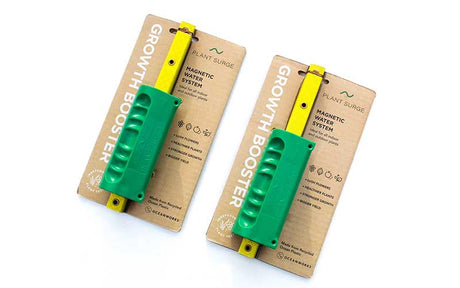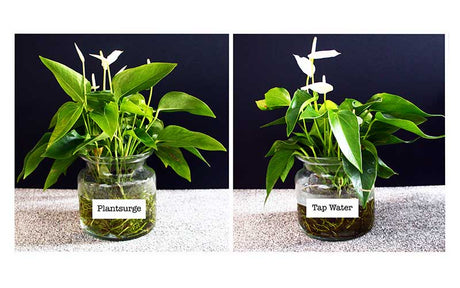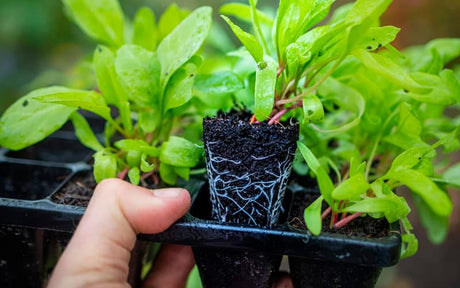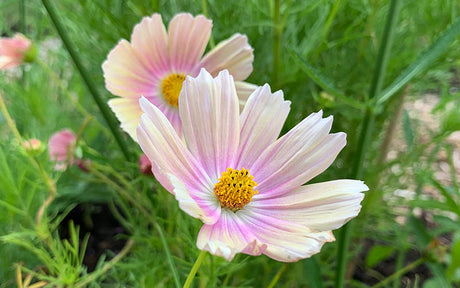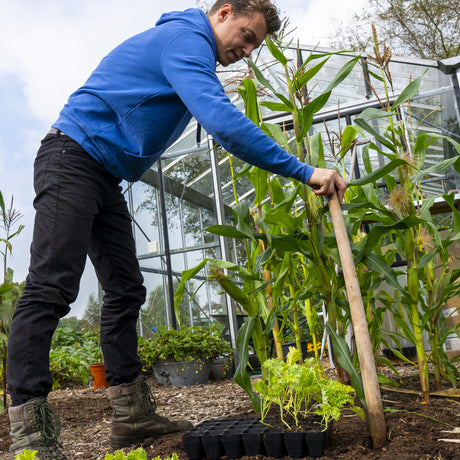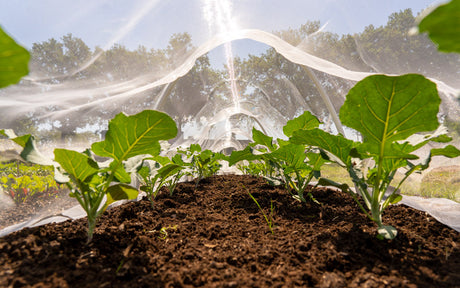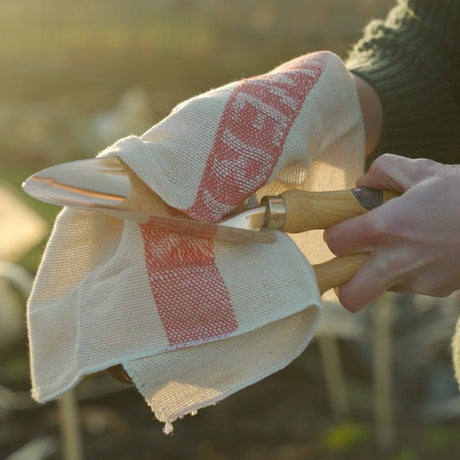Effective irrigation is key to maintaining a healthy garden, especially in areas prone to dry conditions or for gardeners seeking to simplify their watering routines. Our range of irrigation products, from customizable components to convenient all-in-one systems, provides tailored solutions that ensure your plants receive the precise amount of water they need, exactly when they need it, with minimal effort and waste.
Streamline Your Garden Watering with Advanced Irrigation Solutions
Understanding Irrigation Options
Choosing the right irrigation system depends on several factors including the size of your garden, the types of plants you grow, and your specific watering needs. Here are some tips and tricks to help you set up an efficient irrigation system:
Design Your System Based on Garden Needs
Assess the layout and needs of your garden. Drip irrigation systems are ideal for row crops and raised beds as they deliver water directly to the soil at each plant's roots, minimizing evaporation and waste. Sprinkler systems might be better suited for large areas of grass or dense plantings where drip irrigation isn’t feasible.
All-in-One Irrigation Kits
For ease and convenience, consider our all-in-one irrigation kits. These kits come with everything you need to set up a comprehensive irrigation system quickly and efficiently. They are especially useful for beginners or gardeners who prefer a package that ensures all components work seamlessly together.
Customize with Separate Items
If you have specific requirements or a non-standard garden layout, customizing your irrigation setup with separate items might be the best approach. Choose from a variety of hoses, timers, emitters, and connectors to create a system that matches your garden’s unique needs.
Installation Tips
When installing your irrigation system, position emitters or sprinkler heads to avoid overlap and ensure that water is not wasted on non-garden areas like pathways or buildings. Use a timer to automate watering times, ideally during the early morning, to further reduce water loss to evaporation and wind drift.
Maintenance and Upgrades
Regular maintenance is crucial to keep your irrigation system working efficiently. Check for leaks, clogged emitters, or misaligned sprinkler heads throughout the season. Consider upgrading components as needed to accommodate changes in your garden layout or to incorporate new water-saving technologies.
Water-Saving Strategies
Incorporate rain sensors to prevent watering during or after significant rainfall, which can help conserve water and reduce unnecessary watering. Also, adjusting your irrigation schedule based on seasonal changes and current weather conditions can significantly increase efficiency and effectiveness.


